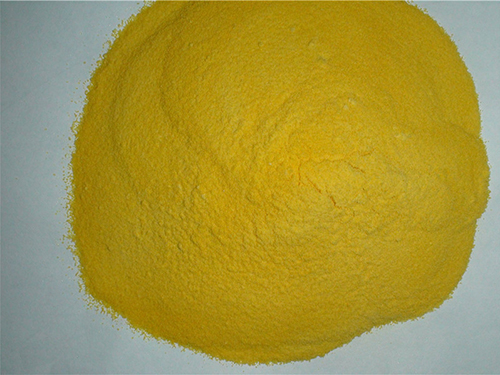Examples and Applications of Polycarboxylic Acids in Various Industries and Research Fields
Exploring Polycarboxylic Acids Definitions, Examples, and Applications
Polycarboxylic acids are a fascinating group of organic compounds that contain multiple carboxyl (-COOH) functional groups. These acids play vital roles in various chemical processes and applications, making them important in both industrial and scientific contexts. This article will delve into the definition of polycarboxylic acids, provide several examples, and explore their uses in various fields.
Definition of Polycarboxylic Acids
Polycarboxylic acids are defined as organic acids that have more than one carboxyl group. The nomenclature of these acids often reflects the number of carboxylic groups present in their structures. The simplest polycarboxylic acids have two carboxyl groups, termed dicarboxylic acids, while those with three are known as tricarboxylic acids.
These compounds are typically characterized by their high acidity compared to monocarboxylic acids due to the presence of multiple -COOH groups. The acidity can be attributed to the ability of the carboxyl groups to ionize, releasing protons (H⁺) into the solution. As a result, polycarboxylic acids are often utilized in applications ranging from food preservation to polymer synthesis.
Examples of Polycarboxylic Acids
There are numerous examples of polycarboxylic acids, each with unique properties and uses
1. Oxalic Acid This dicarboxylic acid, with the formula C₂H₂O₄, is naturally found in various plants and is commonly used in cleaning and bleaching agents. Oxalic acid is also used in the textile and food industries as a rust remover and a food additive, respectively.
2. Maleic Acid Another dicarboxylic acid, maleic acid (C₄H₄O₄), is used in the production of unsaturated polyester resins and in various chemical reactions. It’s also a key compound in many synthesis pathways in organic chemistry.
3. Succinic Acid With the formula C₄H₆O₄, succinic acid is a dicarboxylic acid that has garnered interest as a green chemical due to its biodegradability and wide range of applications. It serves as an intermediate in the synthesis of various materials, including biodegradable plastics and food additives.
4. Citric Acid Perhaps one of the most well-known tricarboxylic acids, citric acid (C₆H₈O₇) is extensively used in the food industry as a natural preservative and flavoring agent. Its role in the Krebs cycle also makes it essential in biochemistry.
polycarboxylic acid examples

5. Tartaric Acid This naturally occurring acid (C₄H₆O₆) is commonly associated with grapes and is a key ingredient in cream of tartar, used in baking. Tartaric acid can also be found in a variety of pharmaceutical applications.
Applications of Polycarboxylic Acids
Polycarboxylic acids have diverse applications across multiple sectors
- Food Industry Many polycarboxylic acids, such as citric and tartaric acids, are utilized as food additives, enhancing flavor and acting as preservatives due to their antimicrobial properties.
- Chemical Manufacturing Succinic and maleic acids are essential raw materials in the production of polymers and resins, widely used in coatings, adhesives, and plastics.
- Agriculture Some polycarboxylic acids are employed as growth regulators or chelating agents to improve nutrient absorption in plants, enhancing agricultural productivity.
- Pharmaceuticals Polycarboxylic acids play pivotal roles in drug formulations and delivery systems, often enhancing the solubility and bioavailability of various medications.
Conclusion
Polycarboxylic acids represent a crucial class of organic compounds with multiple applications and significant influence in various sectors, ranging from food production to industrial materials. Their unique chemical structure allows them to serve versatile roles, making them indispensable in modern chemistry and industry. As research continues to uncover new uses and methods for synthesizing these acids, their importance is only expected to grow, highlighting the need for further exploration and understanding of their properties.
-
Pbtc Scale InhibitorPBTC: A Scale Protector for Industrial Water TreatmentNewsAug.05,2025
-
Organic Phosphonate: An Efficient Defender in the Field of Scale InhibitionNewsAug.05,2025
-
Hydrolyzed Polymaleic Anhydride: Green Pioneer in Scale Inhibition FieldNewsAug.05,2025
-
PAPEMP Polyamino Polyether Methylene Phosphonic Acid For SaleNewsAug.05,2025
-
Flocculant Water Treatment: A Pioneer in Purification in the Field of Water TreatmentNewsAug.05,2025
-
Benzyl Isothiazolinone: An Efficient and Broad-Spectrum Antibacterial Protective GuardNewsAug.05,2025





